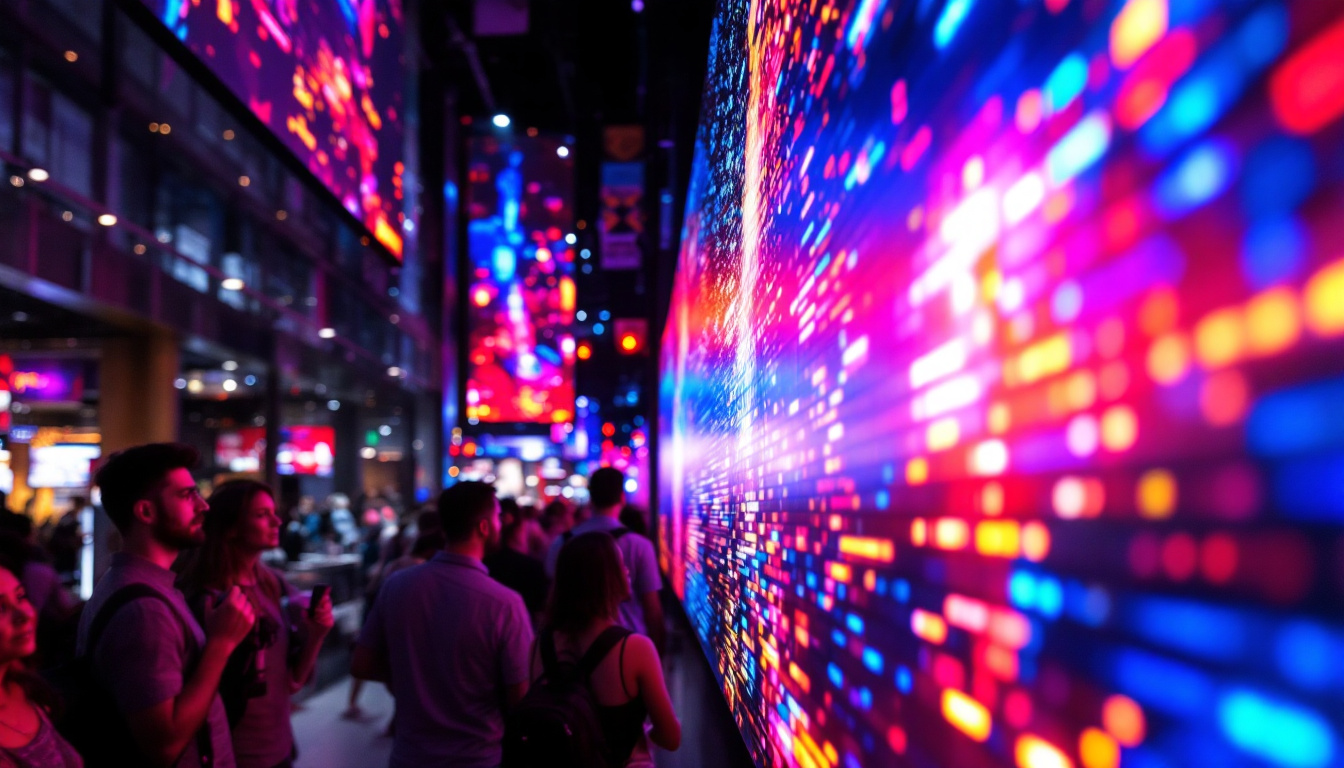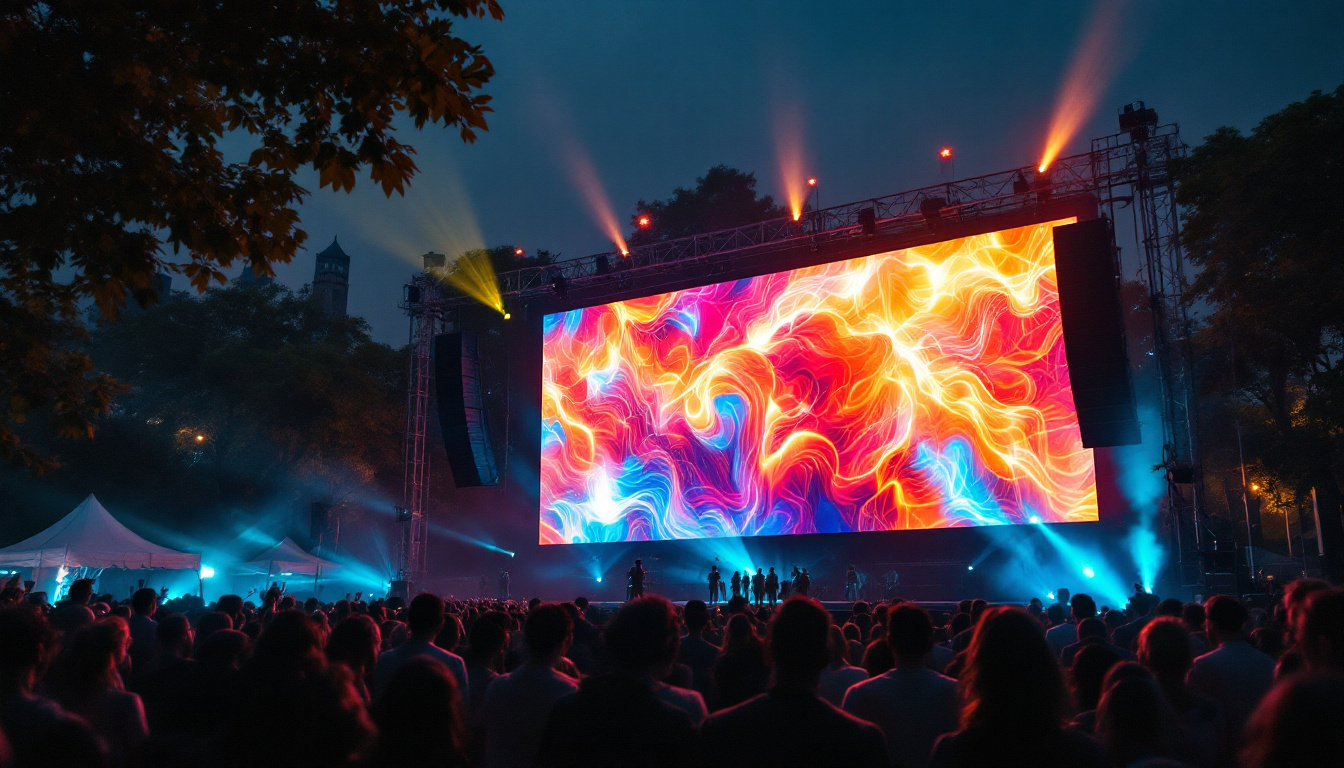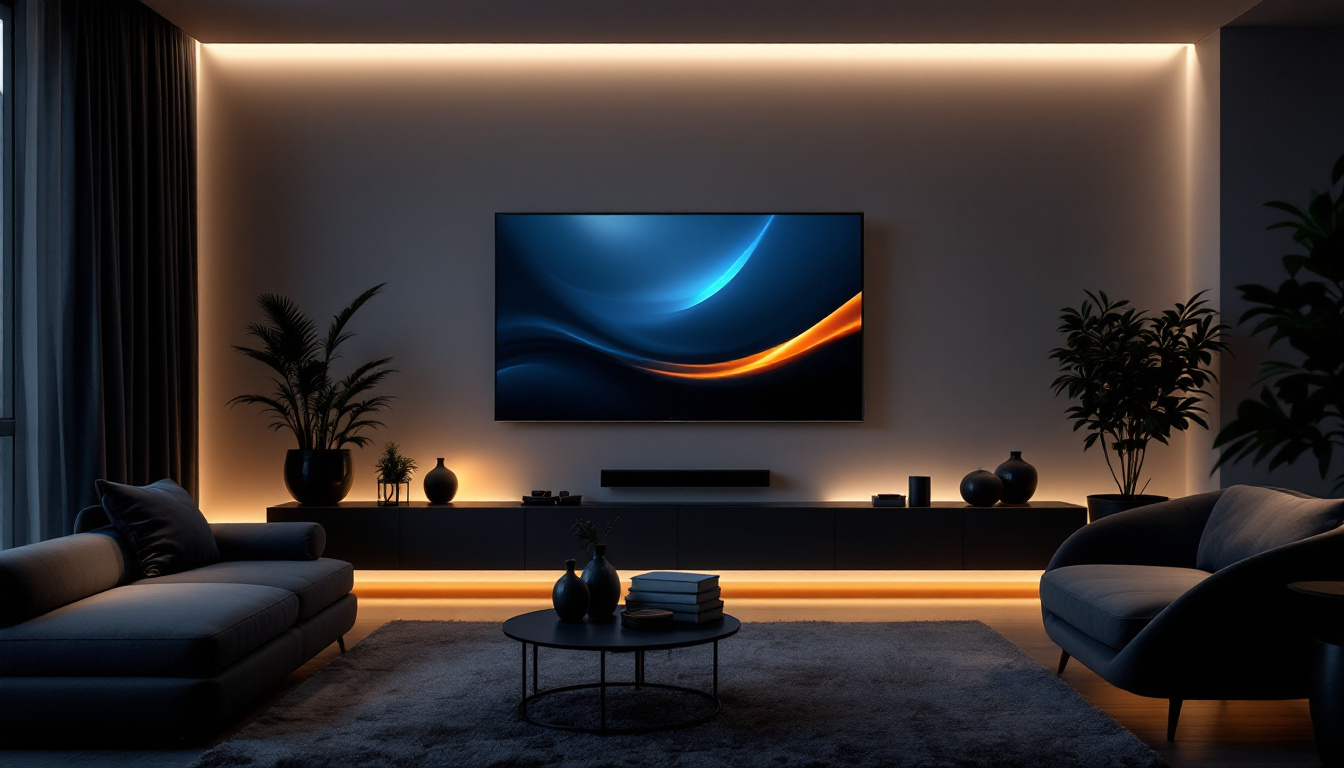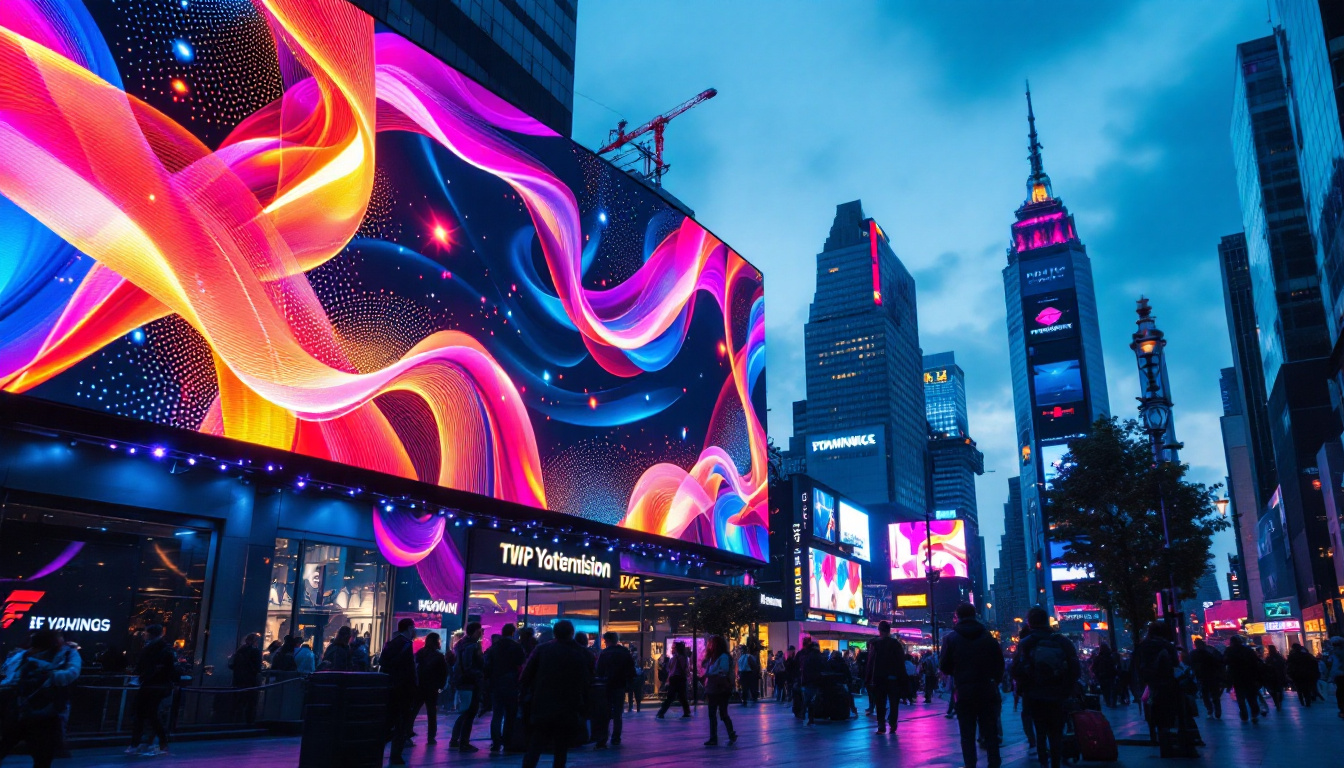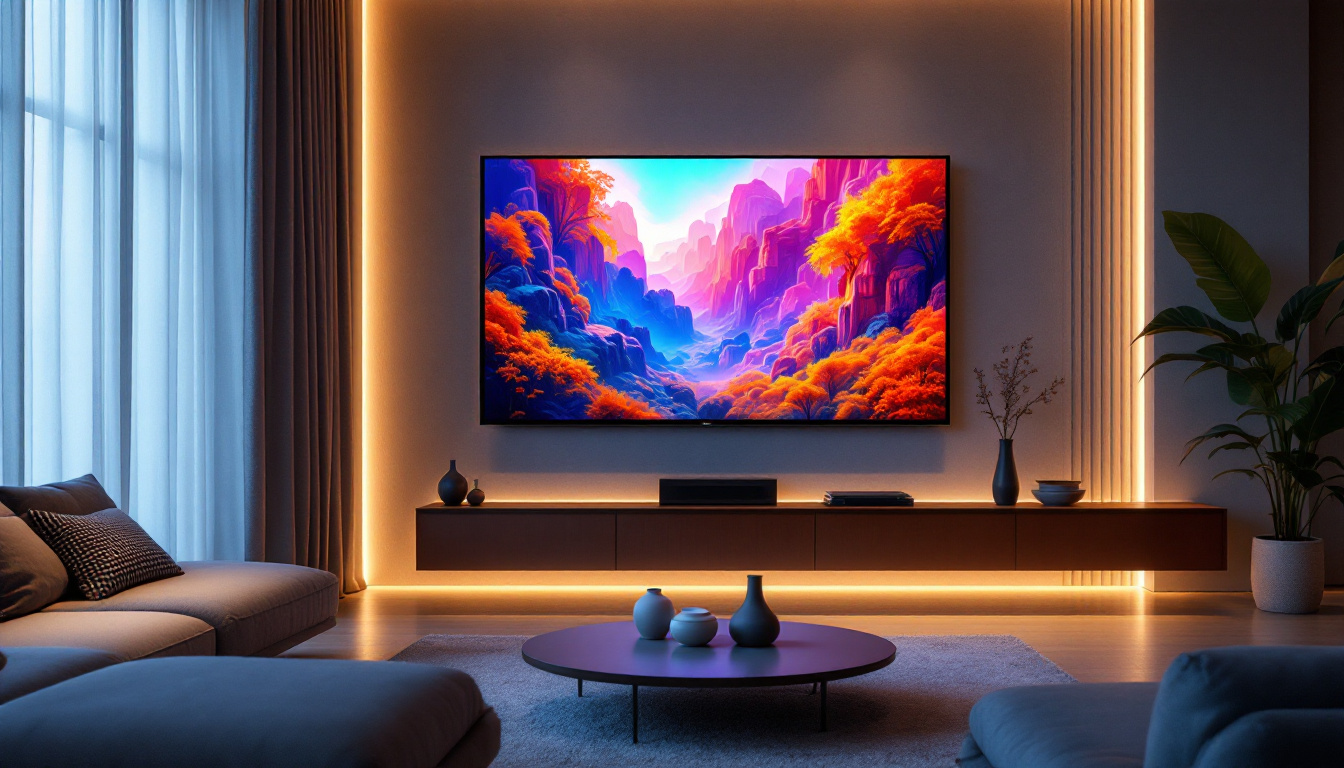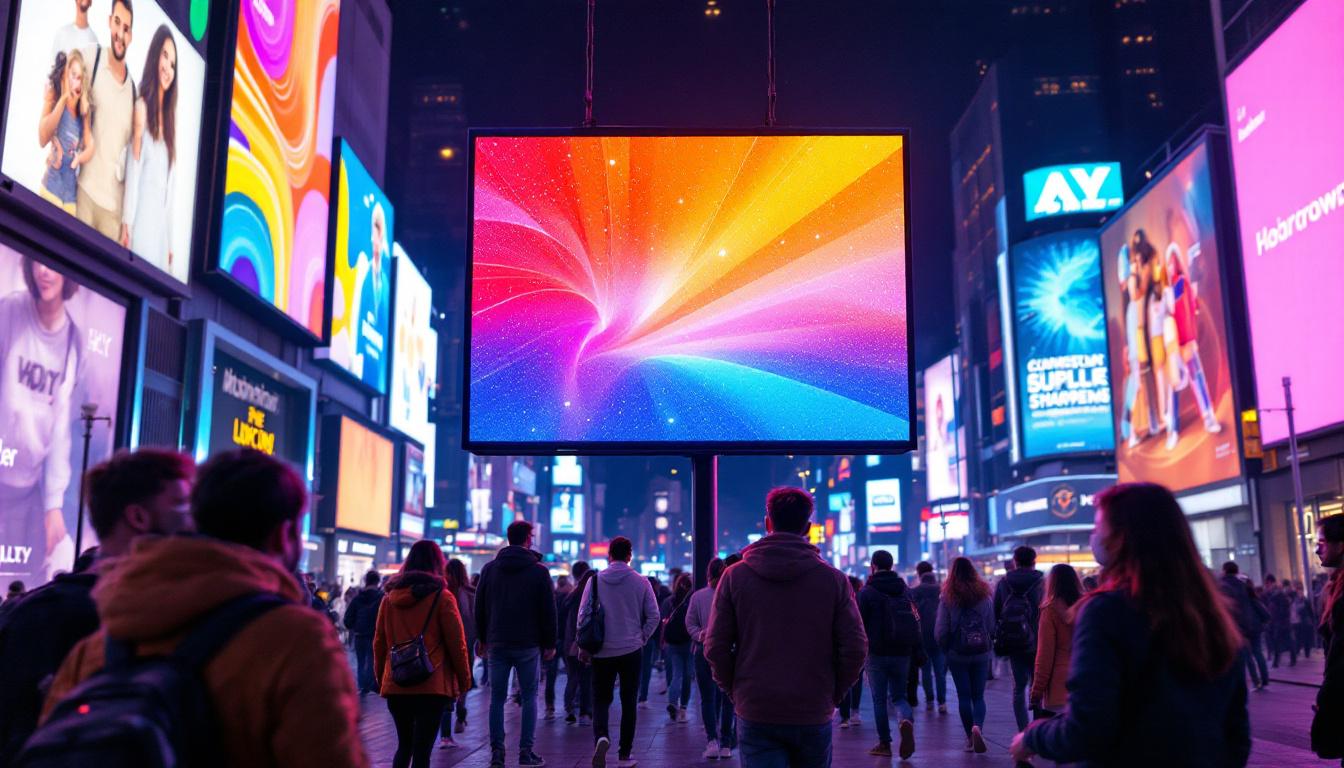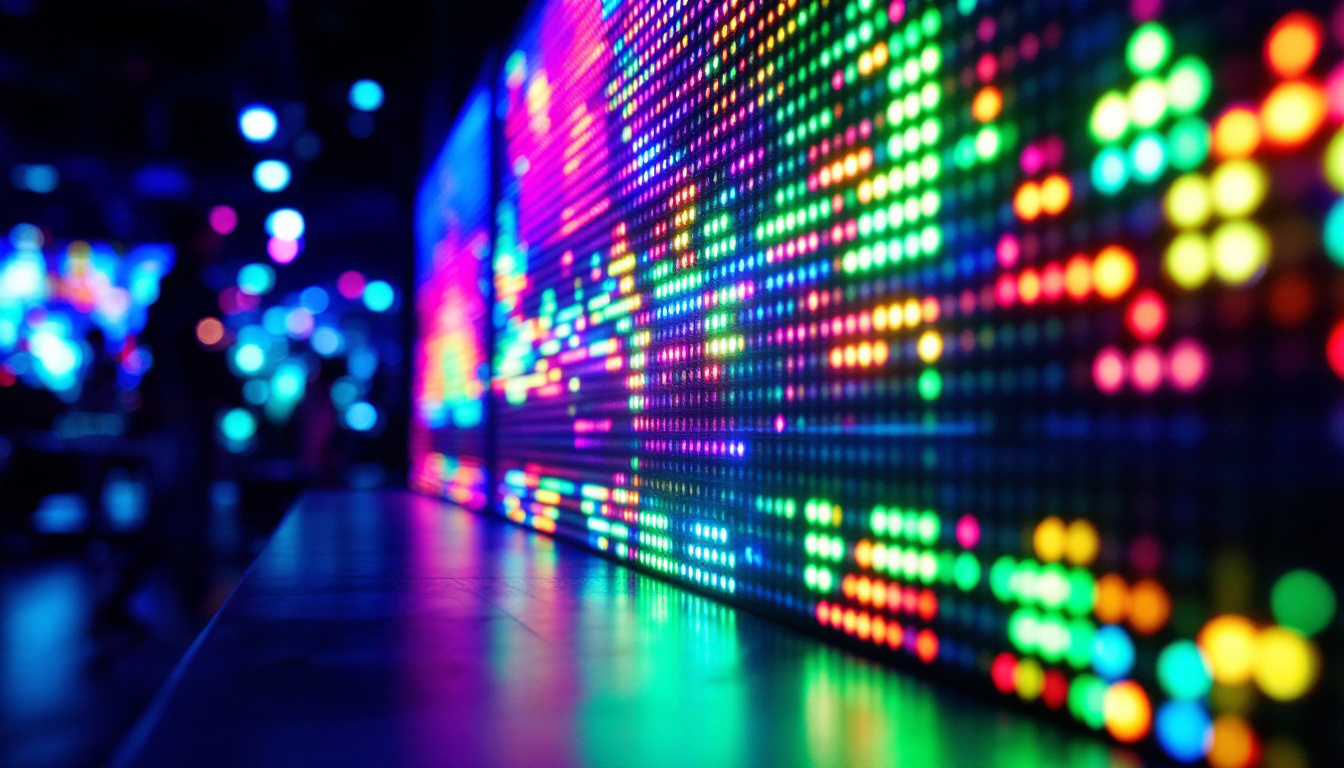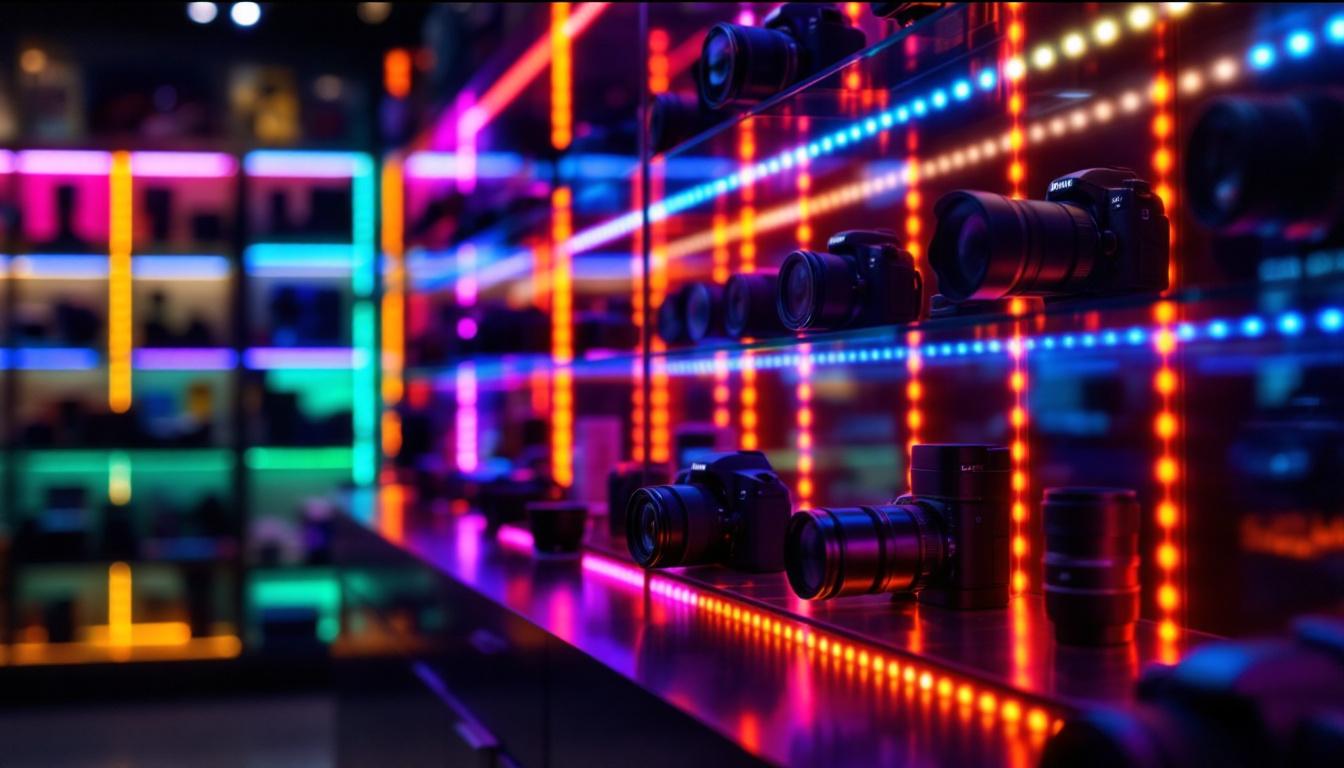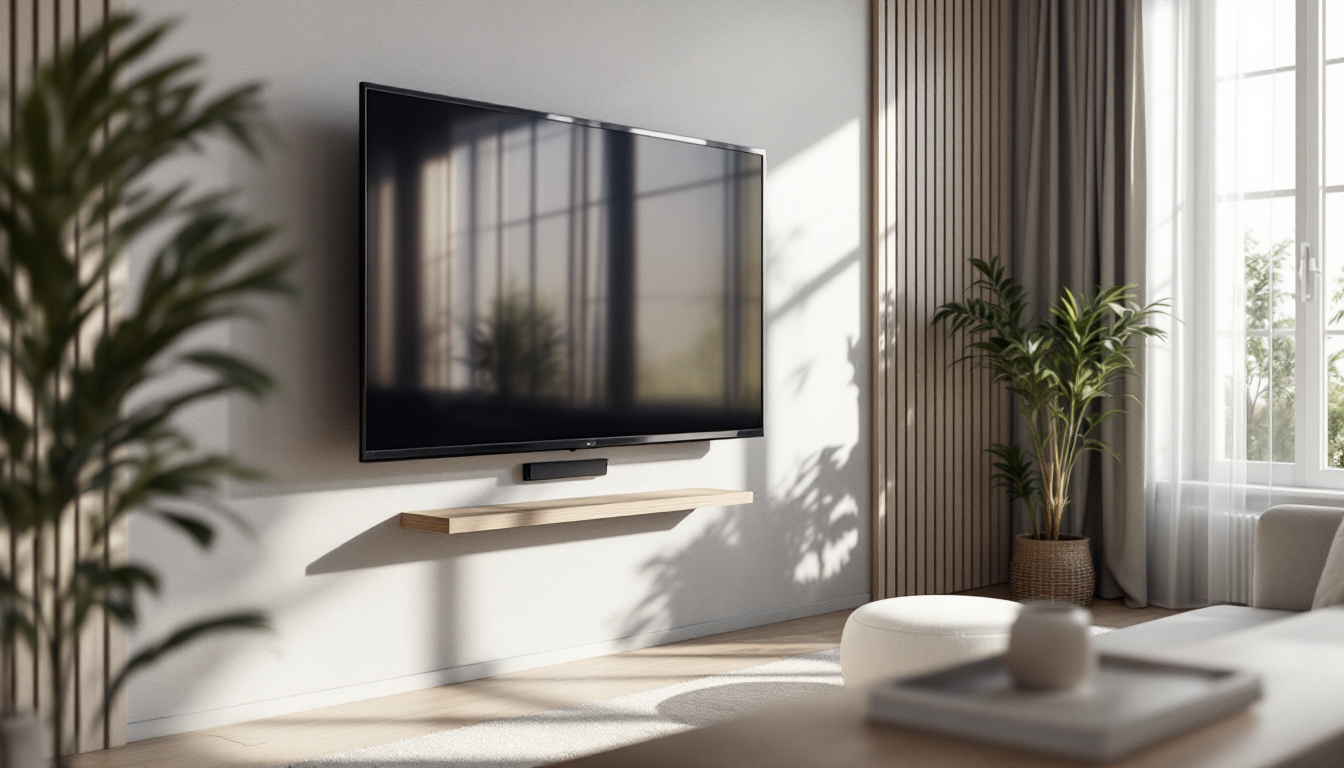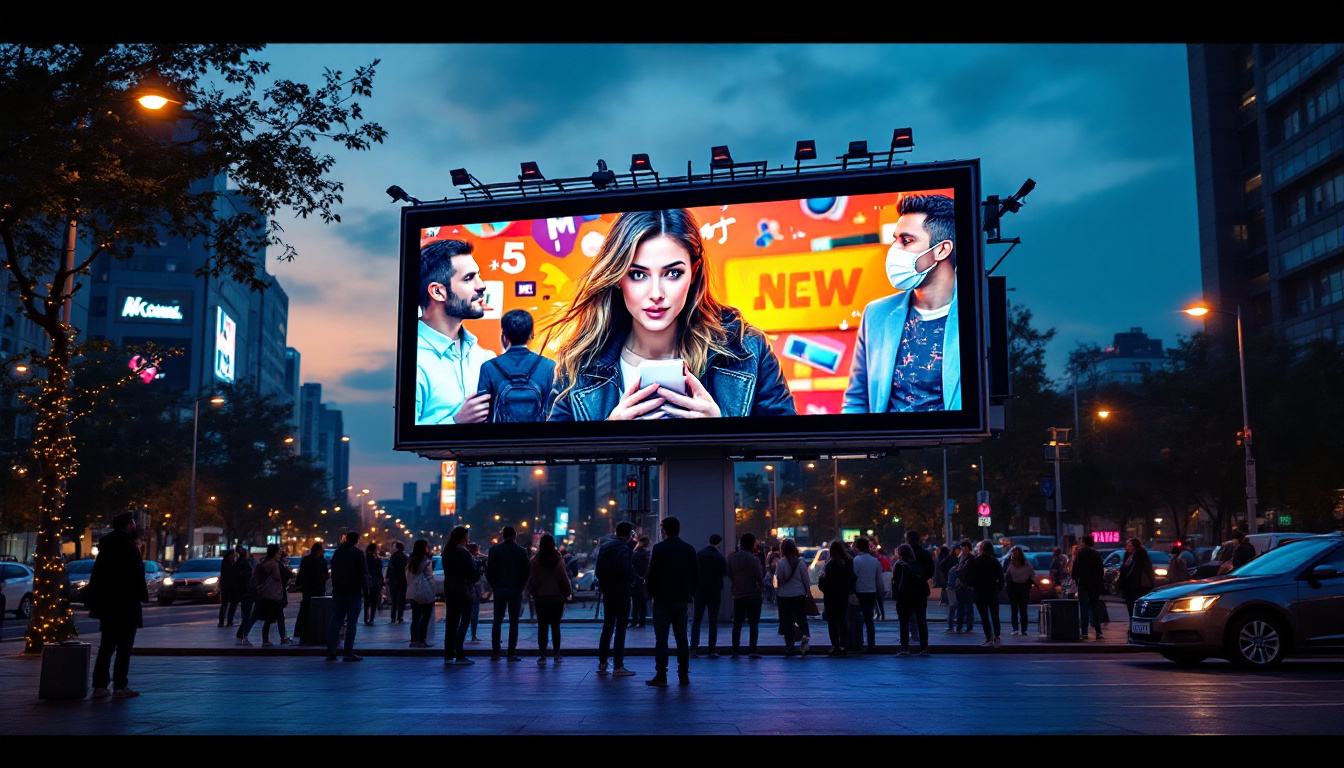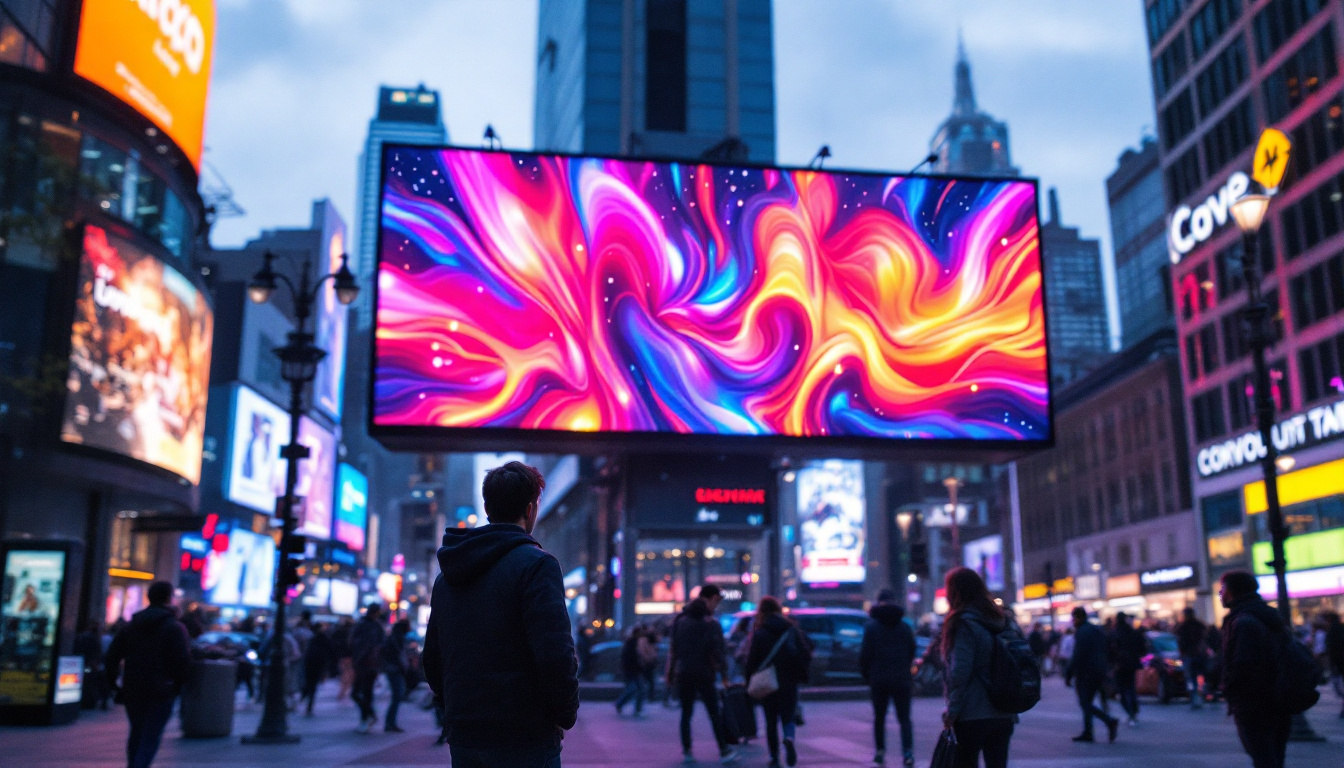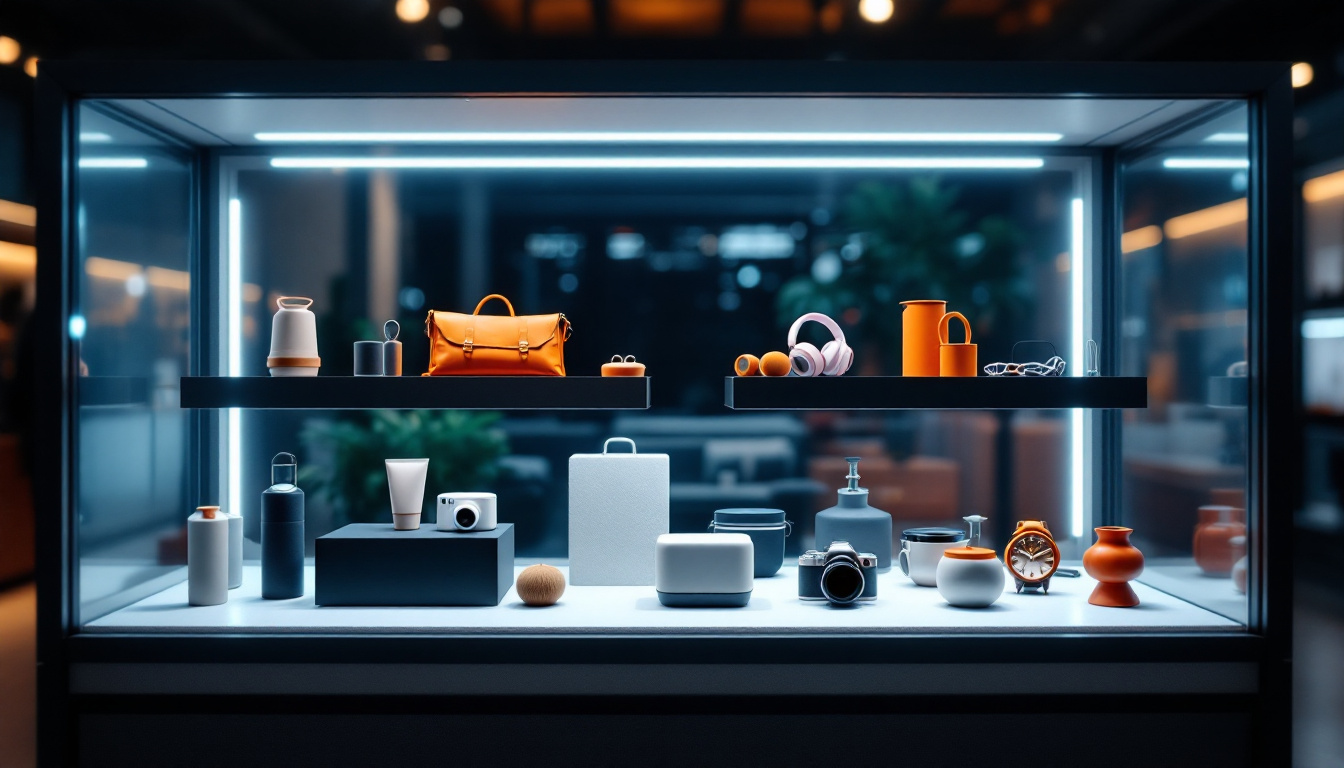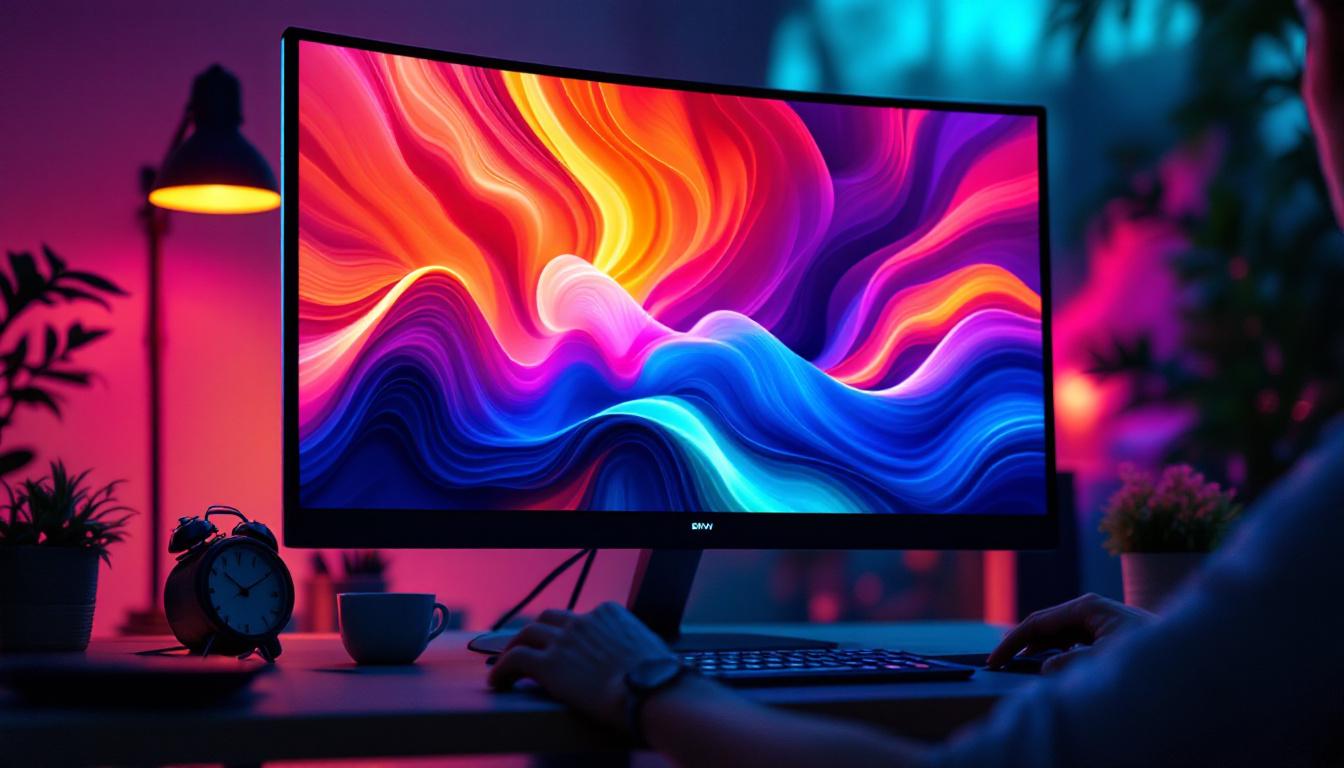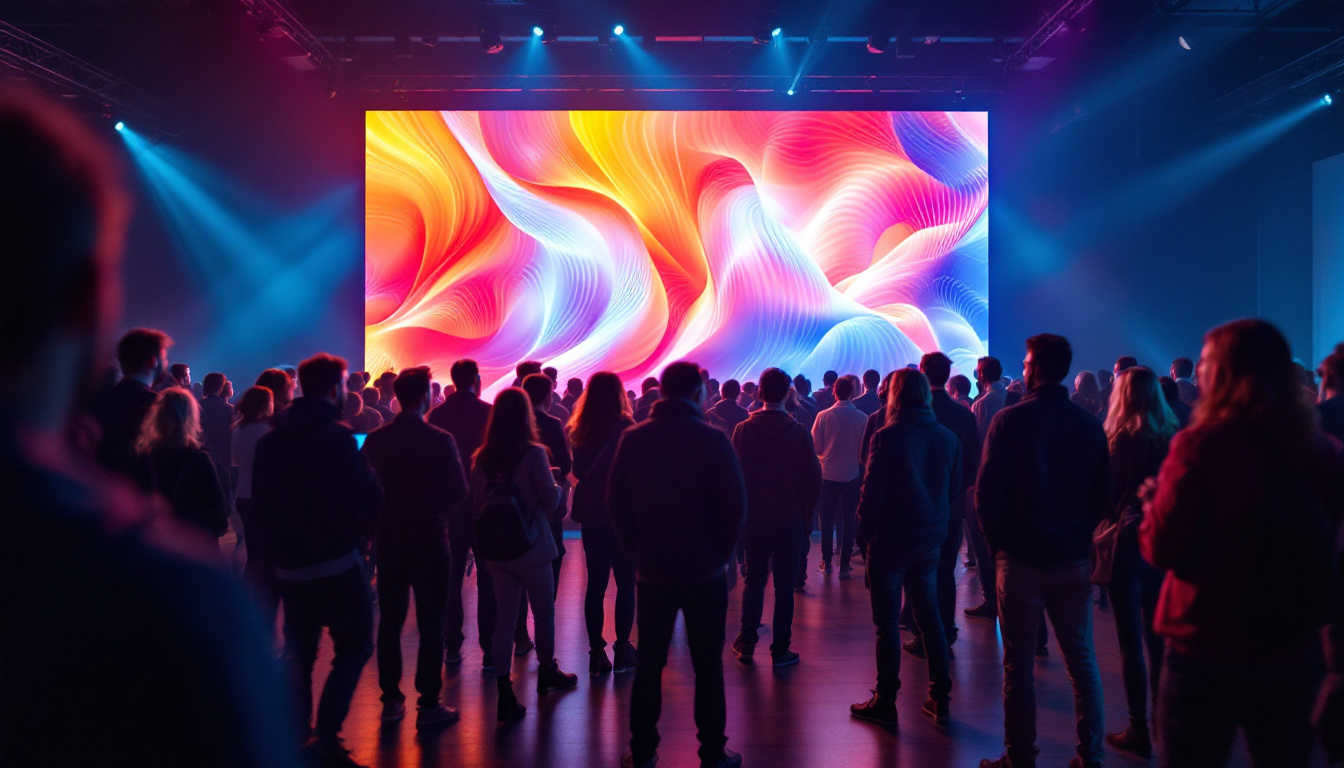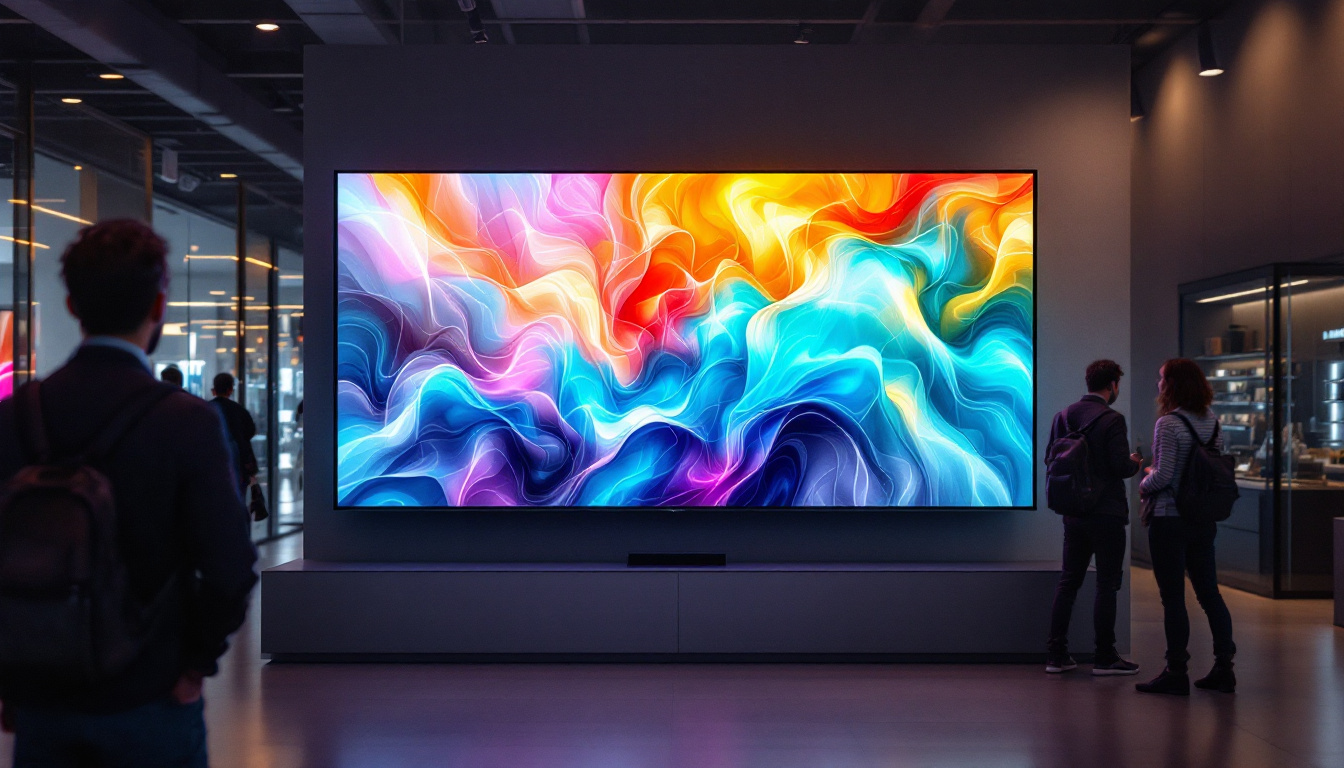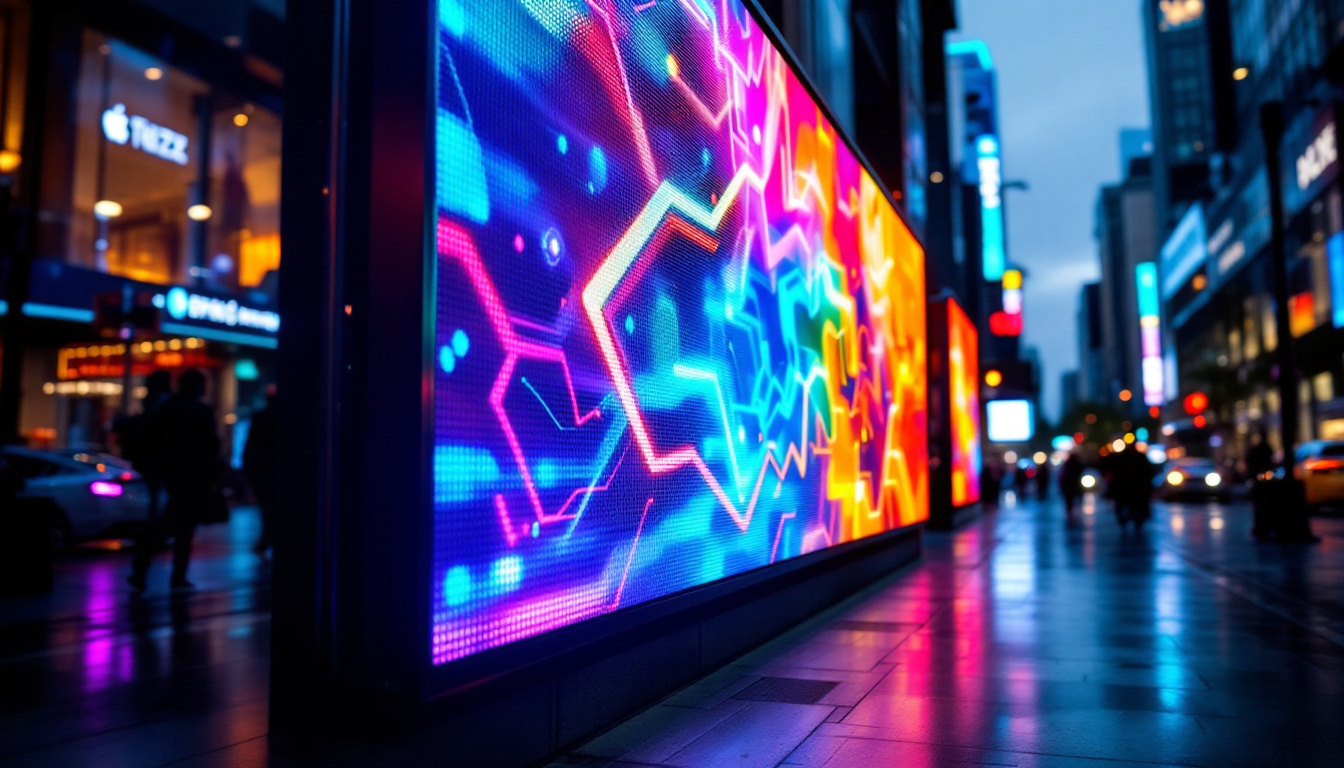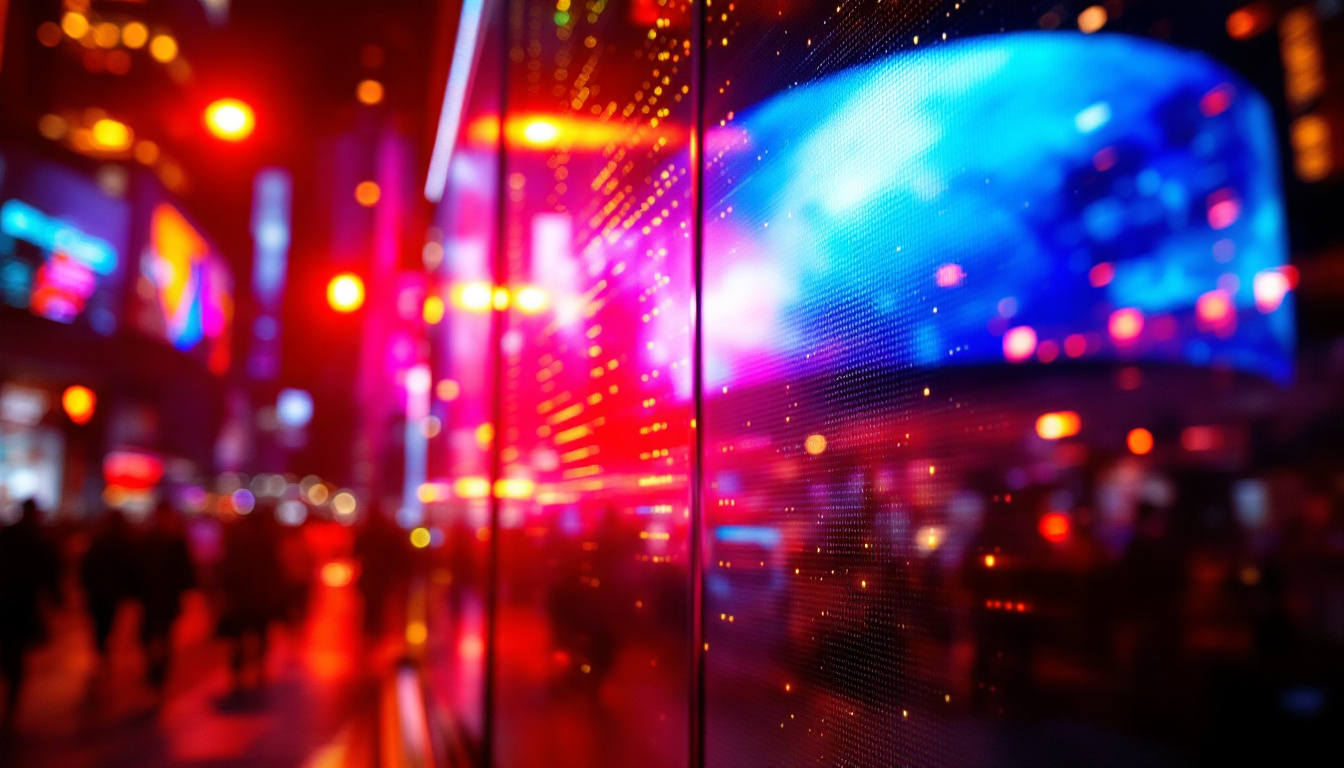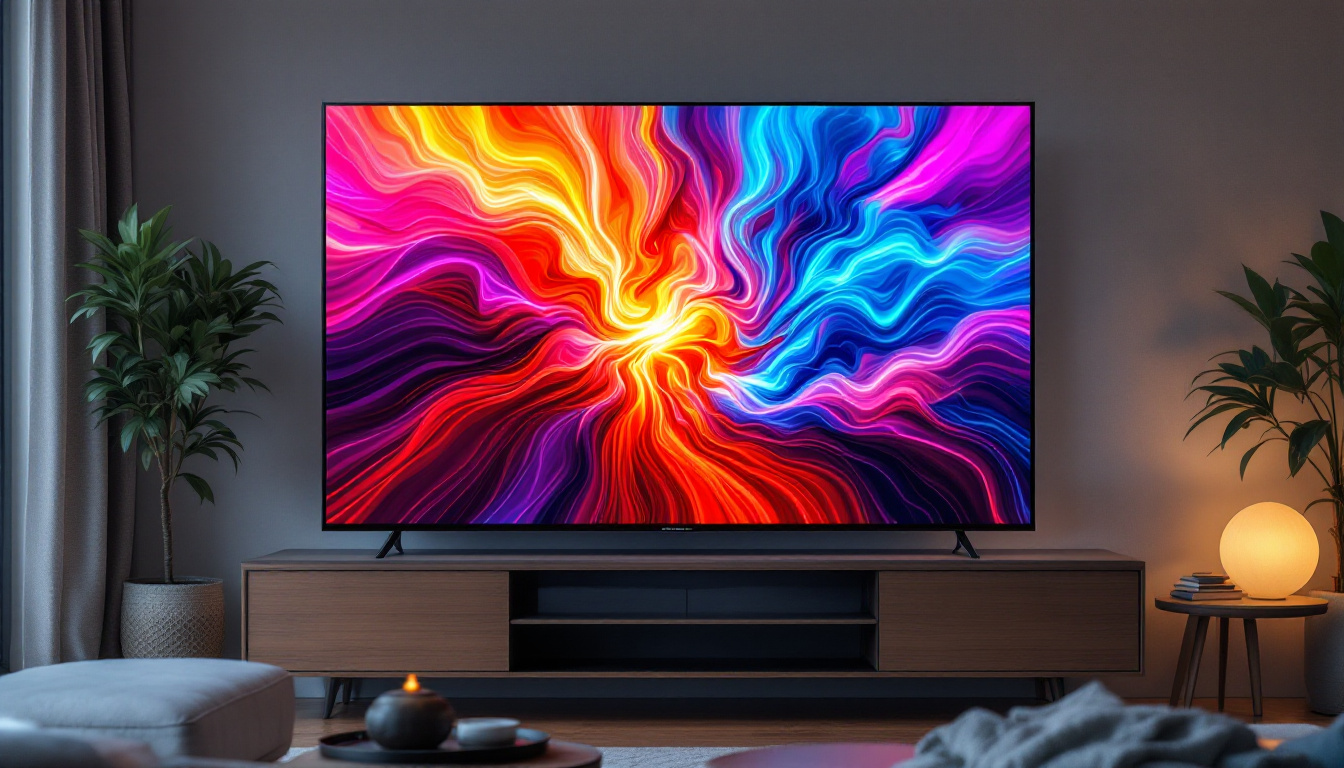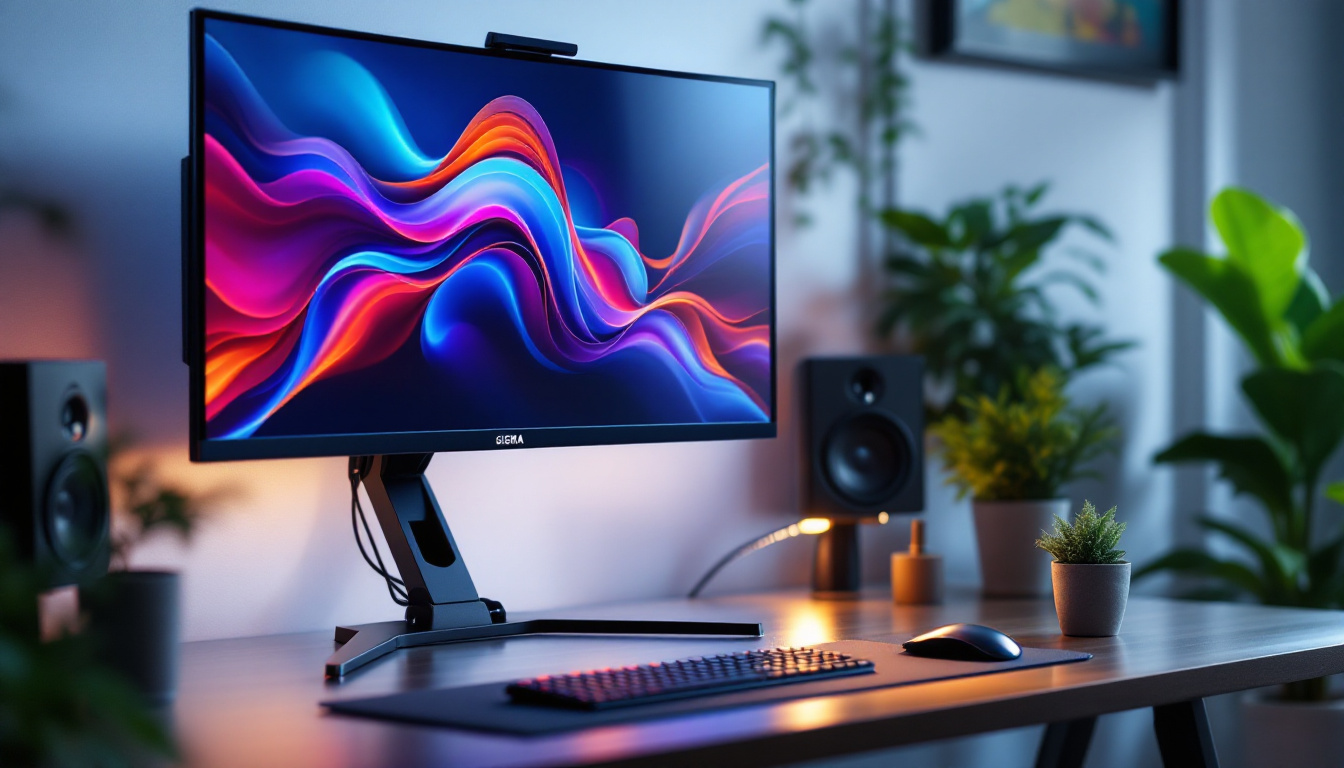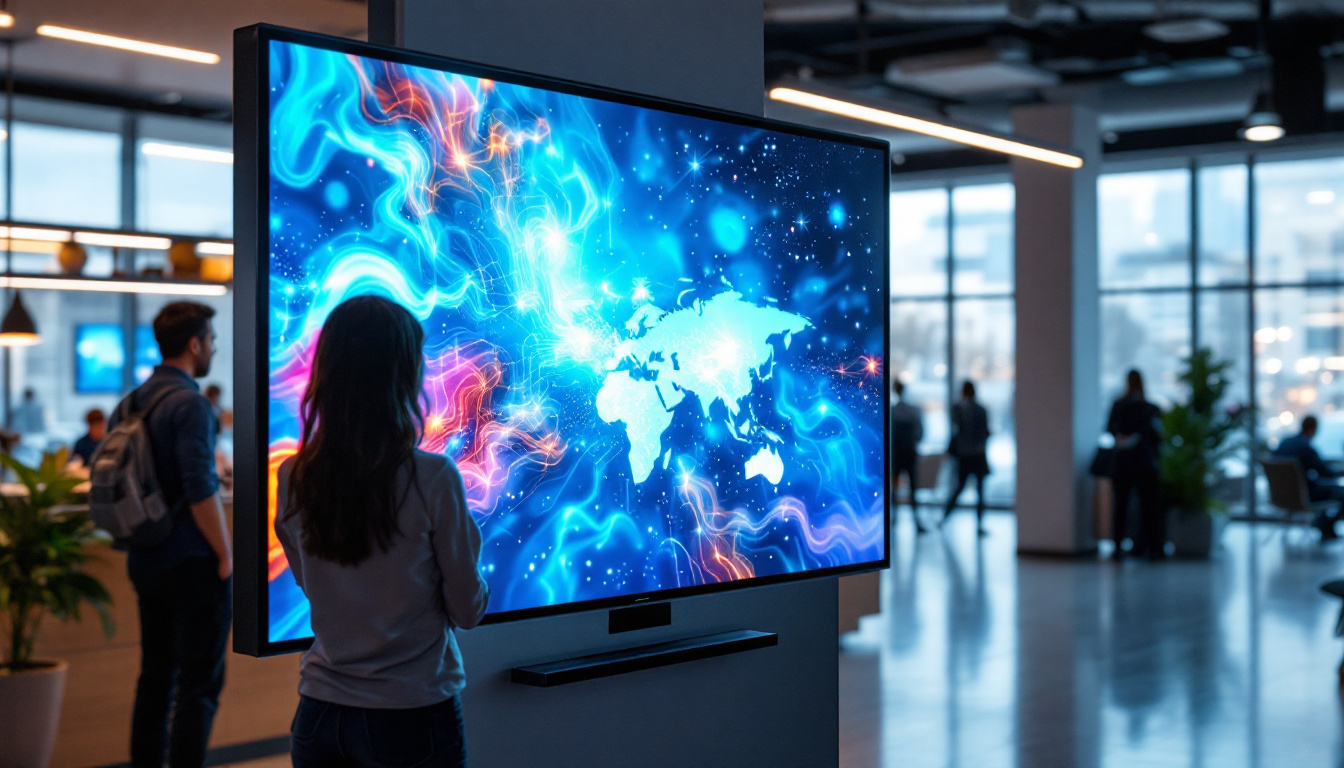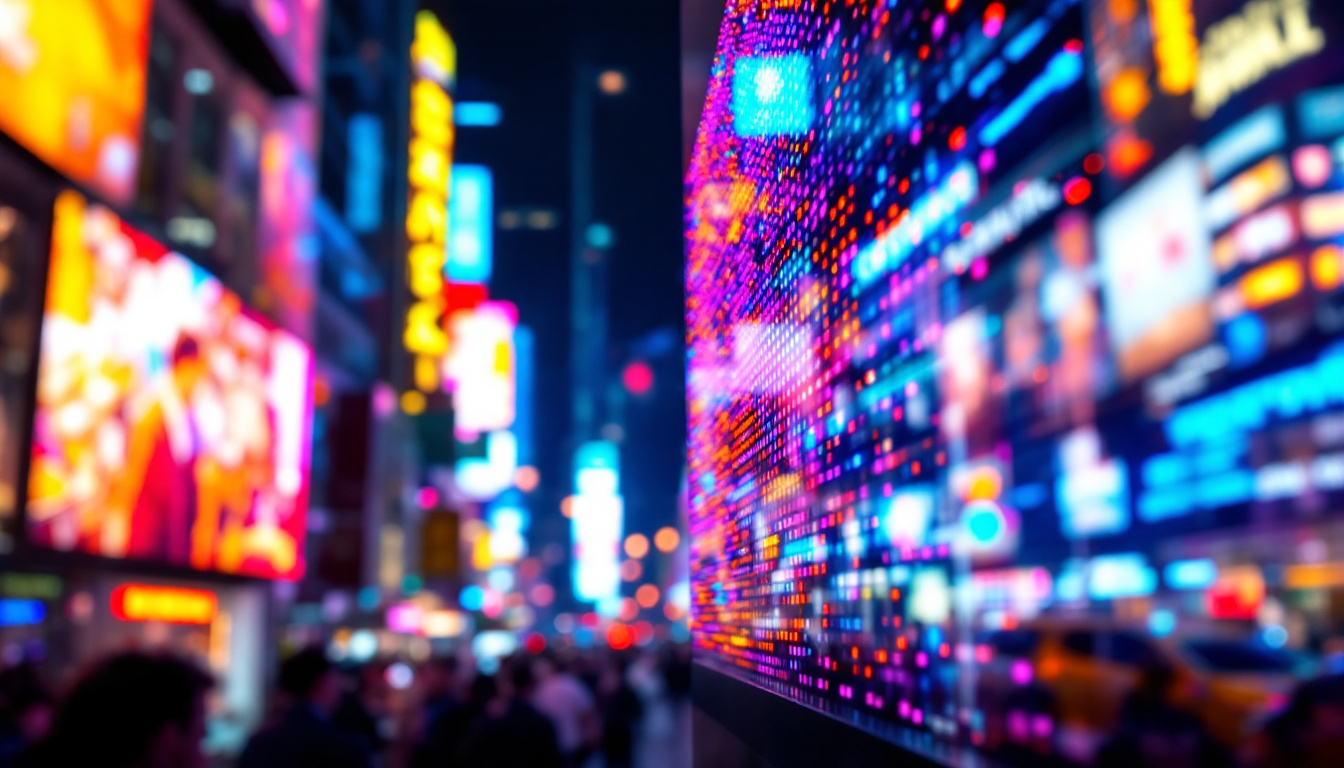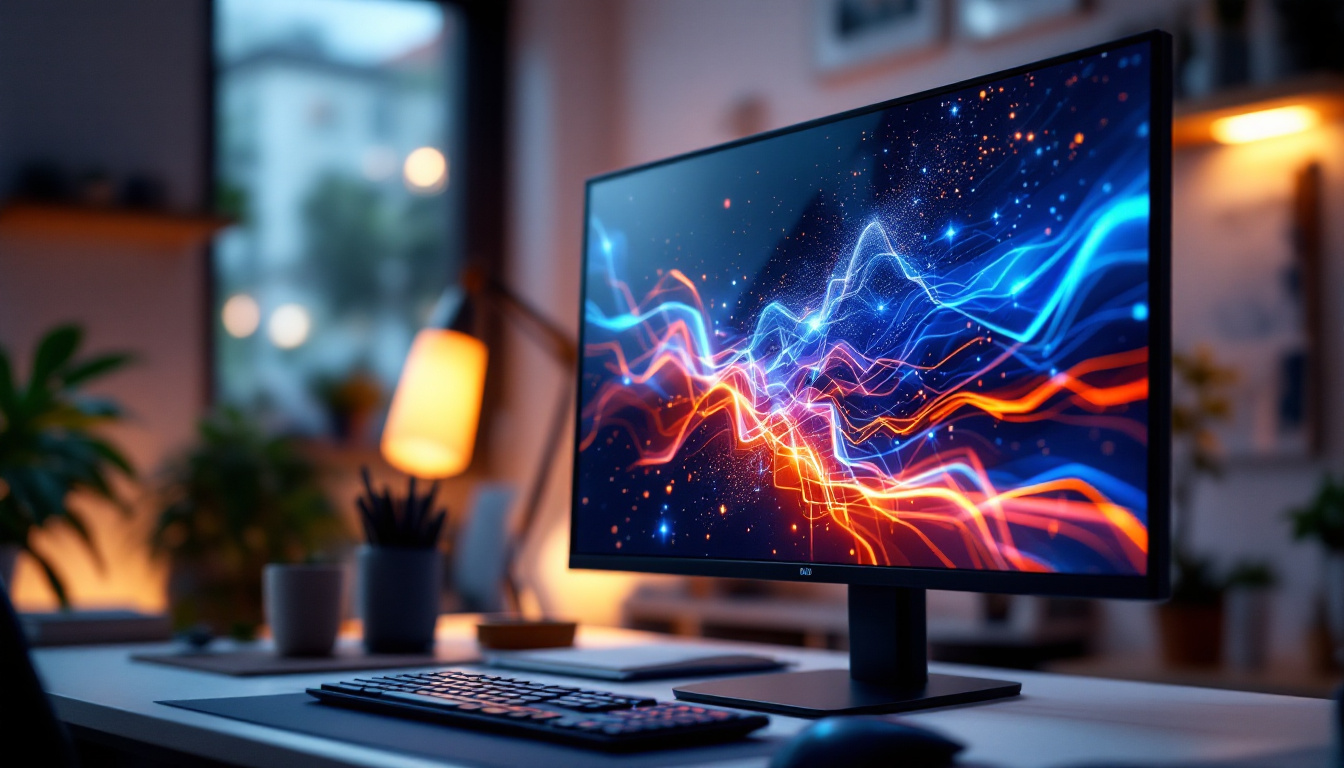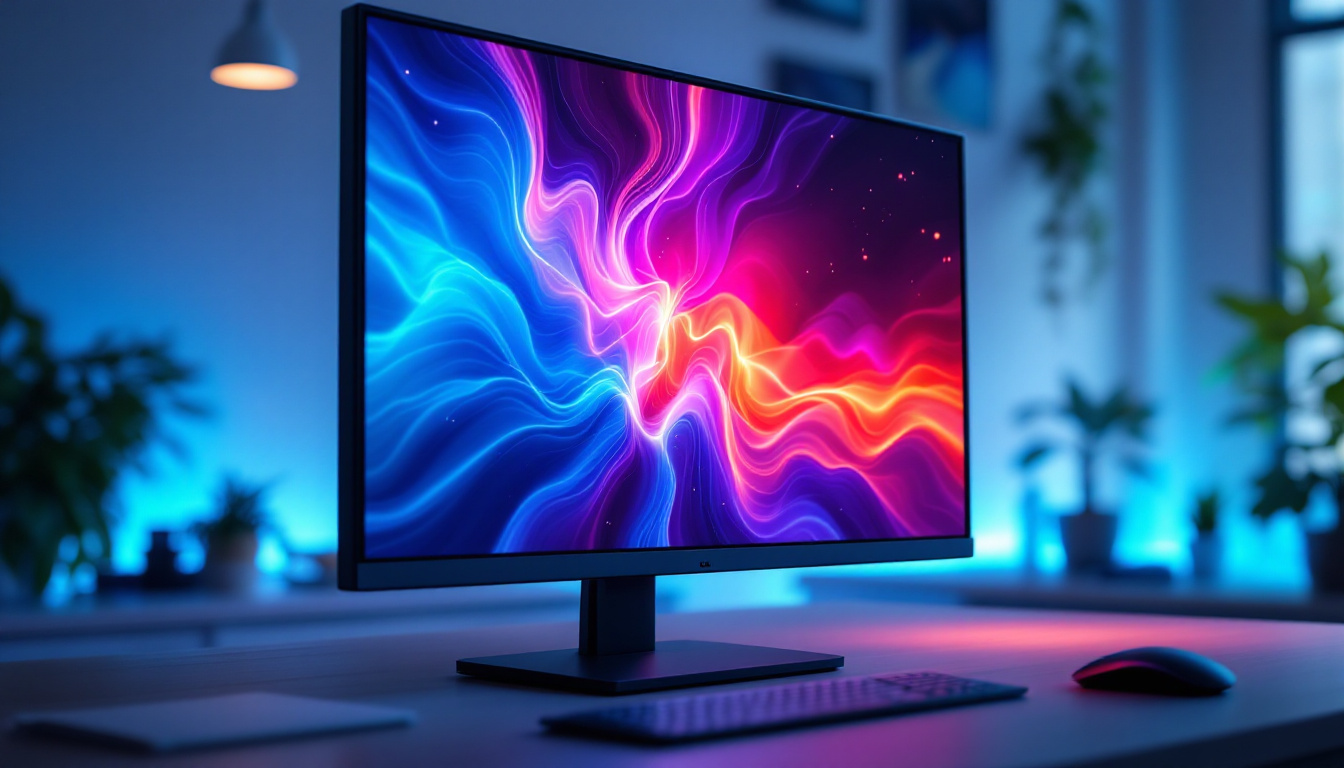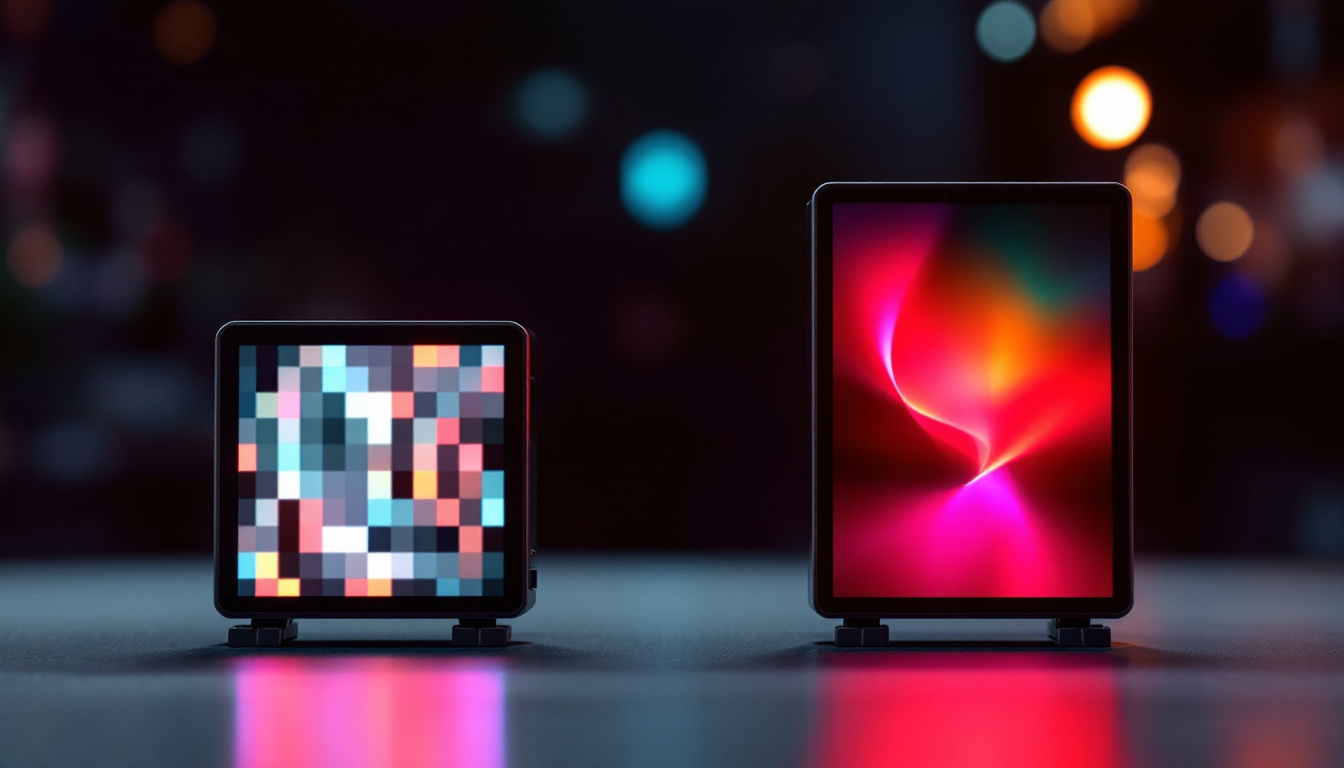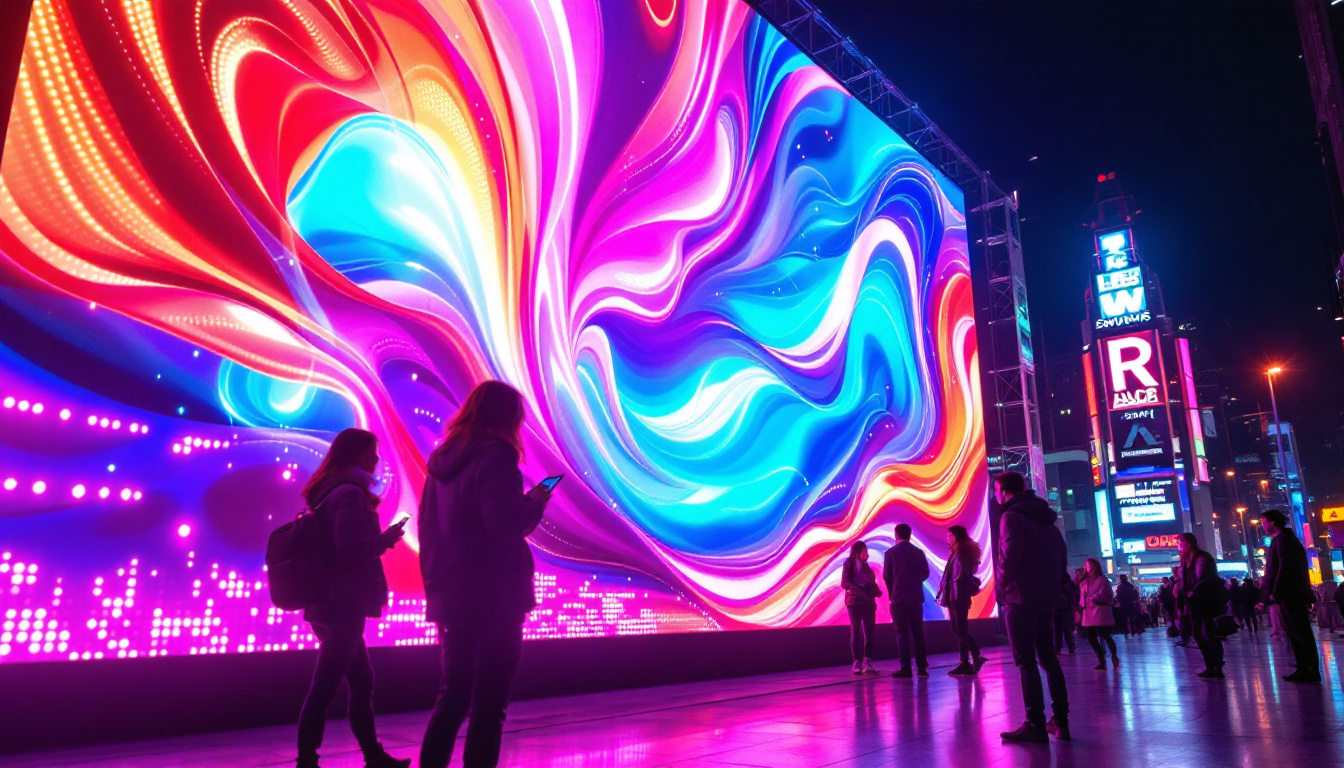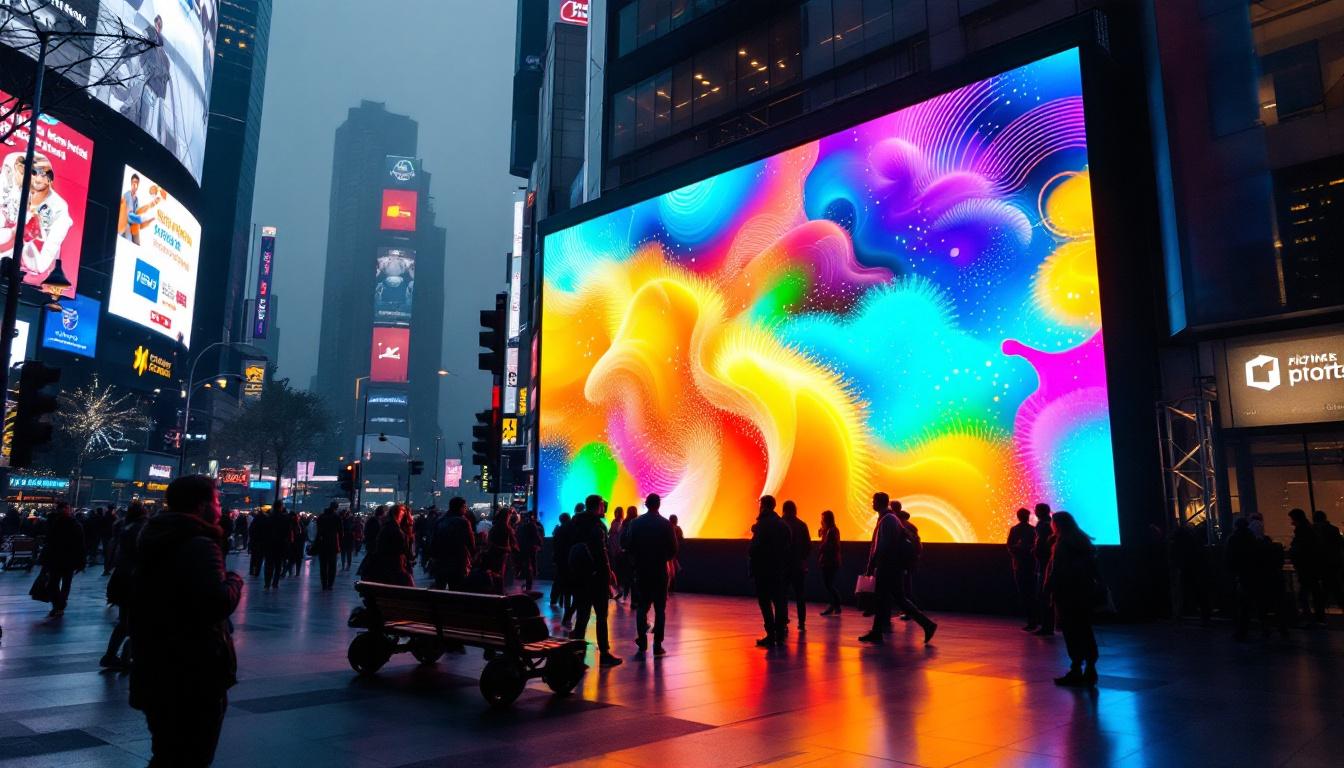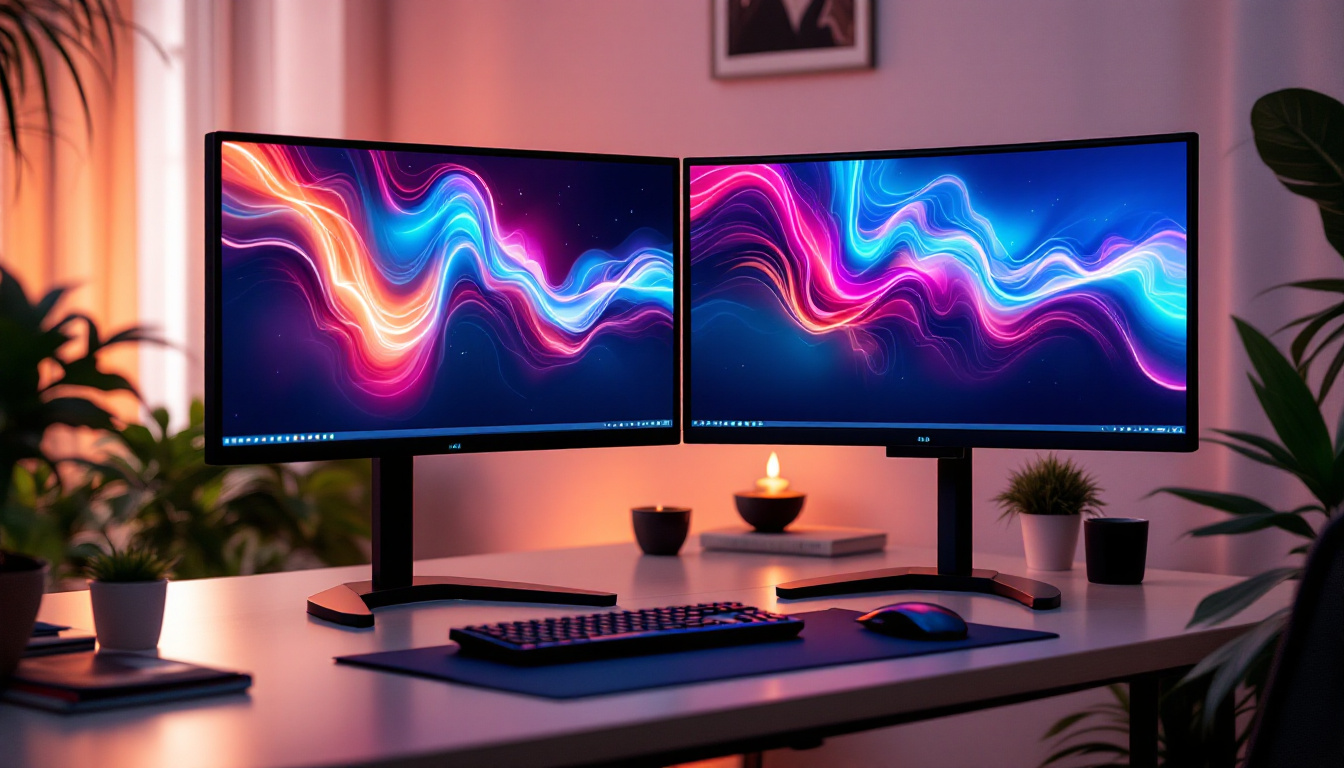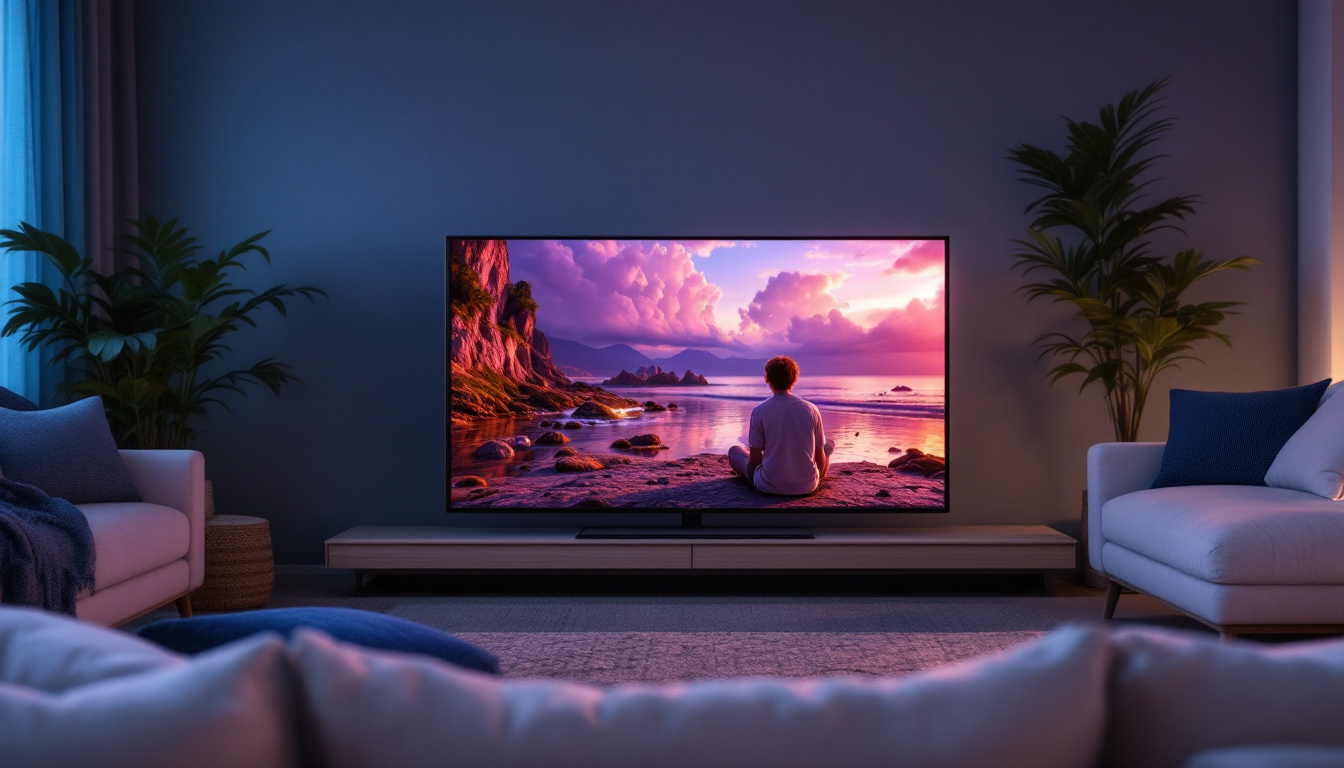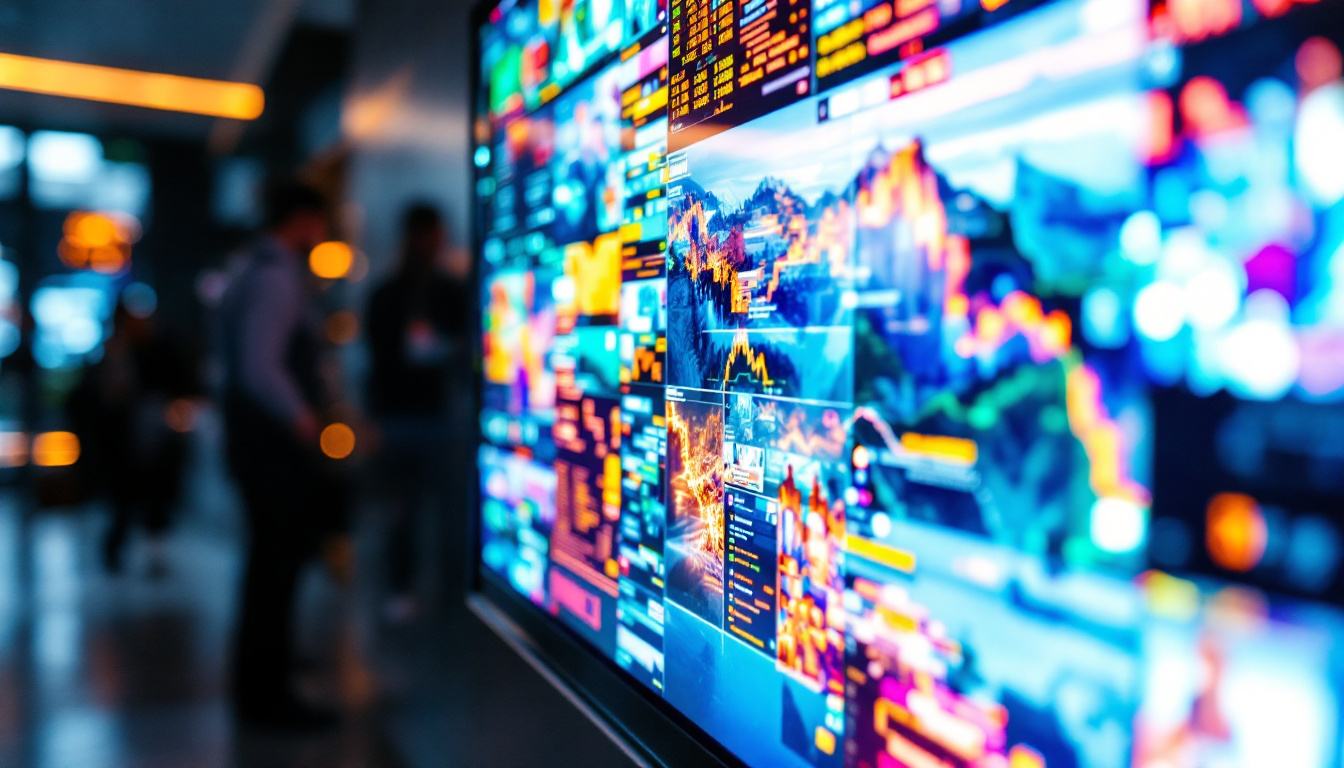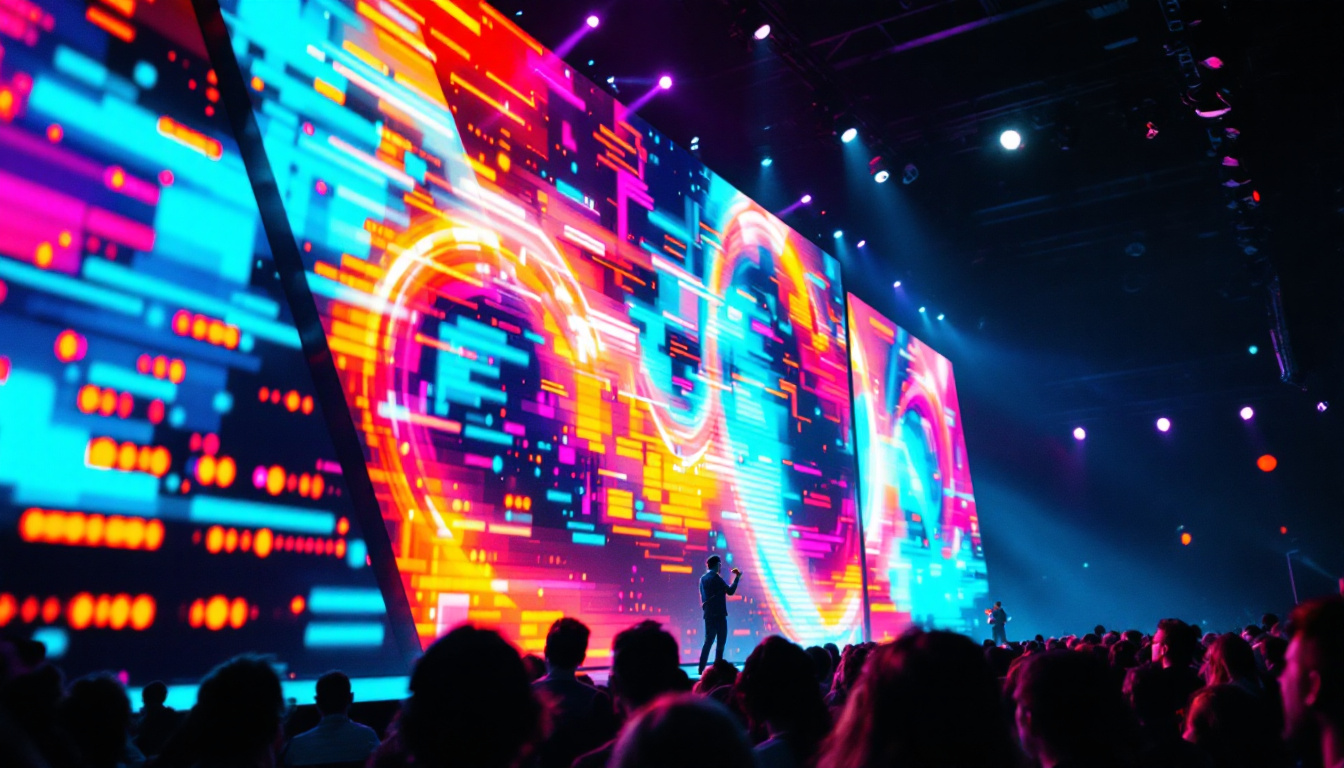In recent years, LED video wall displays have gained immense popularity across various sectors, including entertainment, retail, and corporate environments. These displays offer vibrant colors, high brightness, and the ability to create large-scale visuals that captivate audiences. Understanding how LED video walls work, their components, and their applications can help businesses and organizations make informed decisions when investing in this technology.
What is an LED Video Wall?
An LED video wall is a large display made up of multiple LED panels that work together to create a single, cohesive image or video. These panels can be arranged in various configurations, allowing for flexibility in design and size. The technology behind LED displays has evolved significantly, enabling high-resolution images and seamless integration into various environments. With advancements in LED technology, video walls can now achieve vibrant colors, deep blacks, and impressive brightness levels, making them a popular choice for both commercial and artistic applications.
Components of an LED Video Wall
LED video walls consist of several key components that work in harmony to deliver stunning visuals. Understanding these components can provide insight into how these displays function. Each element plays a crucial role in ensuring that the final output is not only visually appealing but also reliable and efficient.
- LED Panels: The primary building blocks of an LED video wall, these panels contain thousands of tiny light-emitting diodes that produce the images seen on the screen. The quality of these diodes directly influences the overall brightness and color accuracy of the display.
- Controller: The controller processes the video signal and sends it to the LED panels, ensuring that the images are displayed correctly and in sync. Advanced controllers can also manage multiple inputs, allowing for dynamic content switching and real-time adjustments.
- Mounting Structure: This framework supports the LED panels and allows for various configurations, whether mounted on walls or used as freestanding displays. A robust mounting structure is essential for maintaining the integrity of the installation, especially in high-traffic areas or outdoor settings.
Types of LED Video Walls
There are several types of LED video walls, each designed for specific applications and environments. The choice of type can greatly affect the overall performance and visual quality of the display. Understanding these variations can help businesses and organizations select the most suitable option for their needs.
- Indoor LED Video Walls: These are designed for use in controlled environments, such as conference rooms or retail spaces. They typically have a higher pixel density for better image quality at close viewing distances. Indoor walls can also be customized with various finishes to blend seamlessly with the interior design.
- Outdoor LED Video Walls: Built to withstand the elements, outdoor LED walls are brighter and more durable, making them ideal for advertising, concerts, and sports events. These displays often come with protective features such as weatherproofing and anti-glare technology to ensure visibility in bright sunlight.
- Curved LED Video Walls: These panels can be bent or shaped to create immersive displays, perfect for unique architectural designs or creative installations. Curved video walls can enhance viewer engagement by providing a more dynamic viewing experience, often used in museums or entertainment venues.
In addition to these types, LED video walls can also be categorized based on their pixel pitch, which refers to the distance between the centers of two adjacent pixels. A smaller pixel pitch results in higher resolution and is ideal for applications where viewers are closer to the screen. Conversely, larger pixel pitches are suitable for displays viewed from a distance, such as large outdoor billboards. This versatility makes LED video walls a preferred choice for a wide range of industries, from retail and hospitality to broadcasting and live events.
How LED Video Walls Work
The operation of an LED video wall is based on the principles of light emission and color mixing. Each LED panel consists of red, green, and blue (RGB) diodes that combine to create a full spectrum of colors. By adjusting the intensity of each diode, the display can produce a wide range of hues and shades.
Pixel Pitch and Resolution
Pixel pitch refers to the distance between the centers of two adjacent pixels on an LED panel. This measurement is crucial as it directly affects the display’s resolution and clarity. A smaller pixel pitch results in higher resolution, making it suitable for close-up viewing. Conversely, larger pixel pitches are more appropriate for distant viewing, such as in outdoor settings.
Resolution is another critical factor in the performance of an LED video wall. Higher resolution displays provide sharper images and finer details, which is essential for applications like digital signage and video presentations.
Brightness and Color Accuracy
Brightness is measured in nits (cd/m²), and it is a vital characteristic of LED video walls, especially for outdoor displays that compete with sunlight. A bright display ensures that content remains visible and engaging, regardless of ambient light conditions. Color accuracy, on the other hand, is essential for delivering true-to-life images. Advanced calibration techniques are often employed to ensure that colors are reproduced accurately across the display.
Applications of LED Video Walls
The versatility of LED video walls makes them suitable for a wide range of applications. From advertising to entertainment, these displays can enhance the viewer experience in numerous ways.
Advertising and Marketing
In the world of advertising, LED video walls have become a powerful tool for brands looking to capture consumer attention. Their ability to display dynamic content, such as videos and animations, allows for more engaging advertisements compared to traditional static billboards.
Retail environments have also embraced LED video walls to create immersive shopping experiences. By showcasing promotional videos or interactive content, retailers can draw customers in and encourage them to explore products more thoroughly.
Corporate and Event Use
Corporate events, conferences, and trade shows often utilize LED video walls to enhance presentations and deliver impactful messages. These displays can be used to show slideshows, live feeds, or video content, ensuring that all attendees have a clear view of the information being presented.
Moreover, in live event settings, such as concerts or sports games, LED video walls play a crucial role in delivering visuals to large audiences. They can display live footage, graphics, and animations that enhance the overall experience for attendees.
Benefits of LED Video Walls
Investing in LED video walls comes with a multitude of benefits that can significantly enhance visual communication and audience engagement.
High Visibility and Impact
The brightness and clarity of LED video walls ensure that content is visible even in bright environments. This high visibility is particularly beneficial for outdoor applications, where sunlight can often wash out other types of displays.
Additionally, the large size of video walls allows for impactful visuals that can grab attention from a distance, making them ideal for advertising and event promotions.
Flexibility and Scalability
LED video walls are incredibly flexible in terms of design and configuration. They can be customized to fit various spaces and can be scaled up or down depending on the requirements of the project. This adaptability makes them suitable for a wide range of applications, from small retail displays to massive outdoor installations.
Challenges and Considerations
While LED video walls offer numerous advantages, there are also challenges and considerations to keep in mind when implementing this technology.
Cost and Investment
The initial investment for LED video walls can be significant. The cost varies based on factors such as size, resolution, and installation complexity. However, businesses should consider the long-term benefits and potential return on investment when evaluating the cost of these displays.
Additionally, ongoing maintenance and operational costs should be factored into the overall budget. Regular maintenance is essential to ensure optimal performance and longevity of the display.
Technical Expertise and Support
Operating and maintaining an LED video wall requires a certain level of technical expertise. Organizations may need to invest in training for staff or hire specialized technicians to manage the system effectively. Ensuring that there is adequate support in place can help mitigate potential issues and enhance the overall user experience.
Future of LED Video Walls
The future of LED video walls looks promising, with advancements in technology continuing to enhance their capabilities. Innovations such as microLED technology promise even higher resolutions and greater flexibility in design.
Integration with Smart Technologies
As smart technologies become more prevalent, LED video walls are expected to integrate seamlessly with other systems. This integration can enable features such as real-time data display, interactive content, and enhanced user engagement through touch or gesture controls.
Furthermore, the growing trend of virtual and augmented reality may lead to new applications for LED video walls, creating immersive environments that blend the physical and digital worlds.
Sustainability and Energy Efficiency
With increasing awareness of environmental concerns, the demand for sustainable and energy-efficient display solutions is on the rise. Manufacturers are focusing on developing LED video walls that consume less power while maintaining high performance. This shift not only benefits the environment but also reduces operational costs for businesses.
Conclusion
LED video wall displays represent a significant advancement in visual technology, offering unparalleled brightness, color accuracy, and versatility. As they continue to evolve, these displays are set to play an even more critical role in various industries, from advertising to corporate communications.
Understanding the components, applications, and benefits of LED video walls can empower businesses and organizations to make informed decisions about their visual communication strategies. While challenges exist, the potential for enhanced audience engagement and impactful messaging makes LED video walls a worthwhile investment for the future.
Discover LumenMatrix’s Innovative LED Display Solutions
Ready to elevate your visual communication strategy with cutting-edge LED technology? LumenMatrix offers a comprehensive range of LED display solutions tailored to meet your needs. From vibrant Indoor and Outdoor LED Wall Displays to dynamic Vehicle and Sports LED Displays, our products are designed to captivate and engage your audience. Experience the future of digital signage with our Custom, All-in-One, and Transparent LED Displays. Don’t miss the opportunity to transform your space with LumenMatrix’s state-of-the-art LED modules. Check out LumenMatrix LED Display Solutions today and see your vision come to life.

